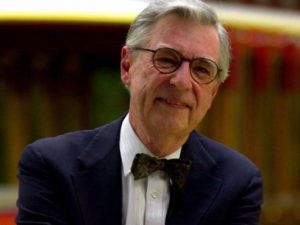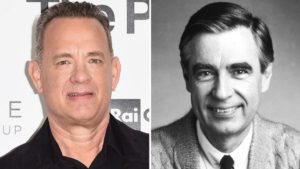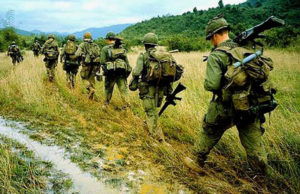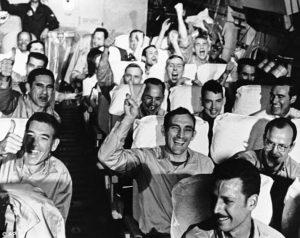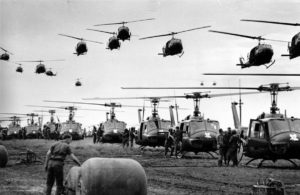I am proud to announce that I am starting with yet another blank slate. So . . . I believe I will announce it.
Beginning next week I will be given the opportunity to share some thoughts, musings (some might call it spewage) with readers of a website associated with a university in Commerce, Texas.
Texas A&M University/Commerce operates a public radio station on its campus. KETR-FM is its call sign. The station’s website is going to include an essay from yours truly. It will be the first of what I hope is many such essays.
KETR news director Mark Haslett, a friend of mine from Amarillo who moved to Commerce some years ago, is giving me considerable latitude to write about whatever moves me in the moment.
This is an exciting new opportunity for me. You see, even though I have retired from full-time journalism, I continue to have this itch to string sentences together. I cannot stop commenting on issues of the day and the individuals who give them life.
So that’s what I will do for KETR-FM.
This isn’t my first post-newspaper gig. I wrote for a time for Panhandle PBS, contributing features for its website; Panhandle PBS is associated with Amarillo College and is the public TV station that serves the Texas Panhandle. Then along came KFDA NewsChannel 10 in Amarillo, which offered me an opportunity initially to write features about issues that had been previously reported; they called it “Whatever Happened To . . . ”
Both of those gigs ended after a time, giving more opportunities to concentrate on this blog, which I have enjoyed writing for about a decade.
Now comes this latest venture.
Given that my wife and I have now settled in Princeton, we live in an area covered by KETR-FM. My goal over time is to learn enough about this part of Collin County to contribute essays on local happenings, growth trends, possible problem areas associated with the growth that is accelerating rapidly in this part of the Metroplex.
Until then I have been given plenty of room to roam. So, I’ll take my friend Mark Haslett up on his offer.
Here we go.
